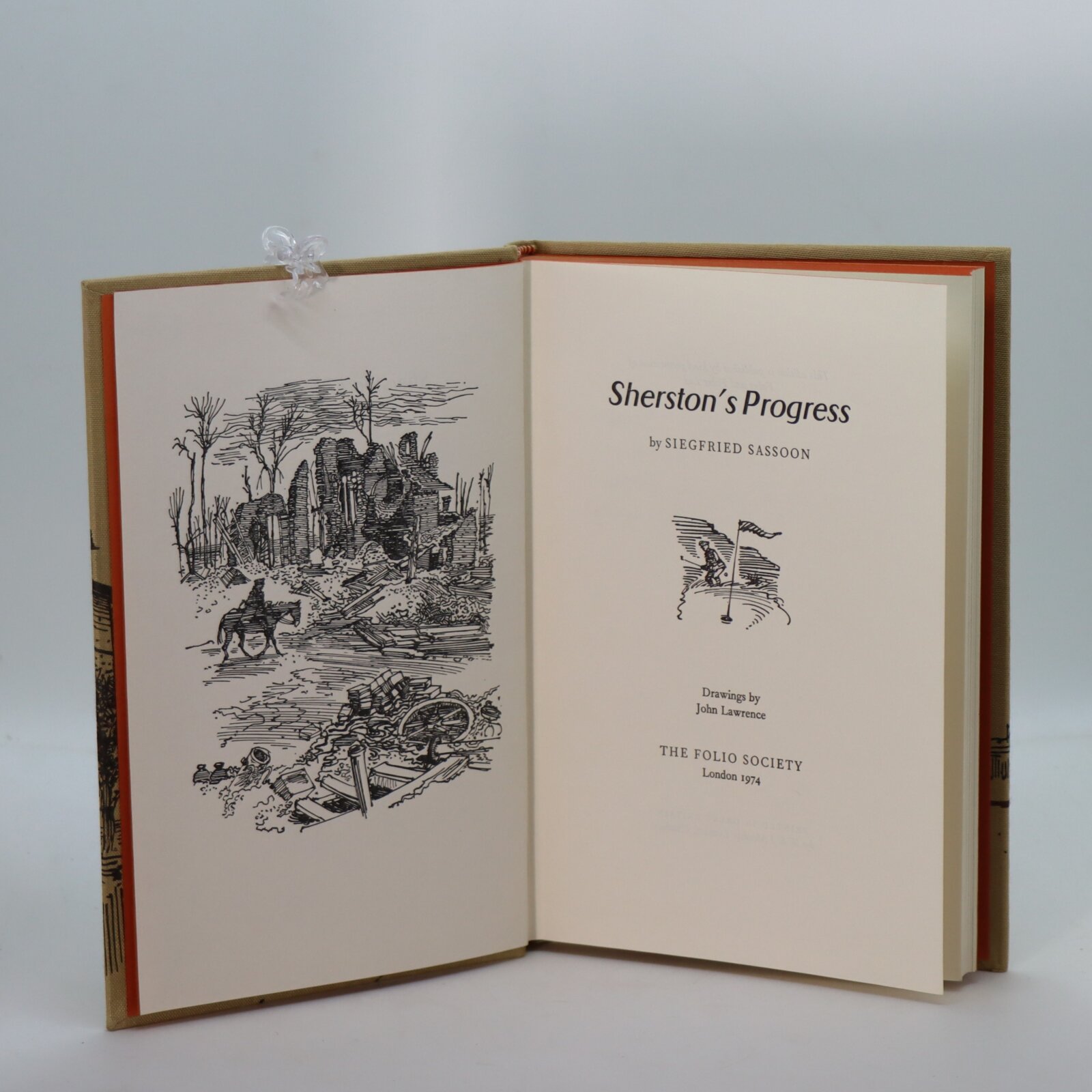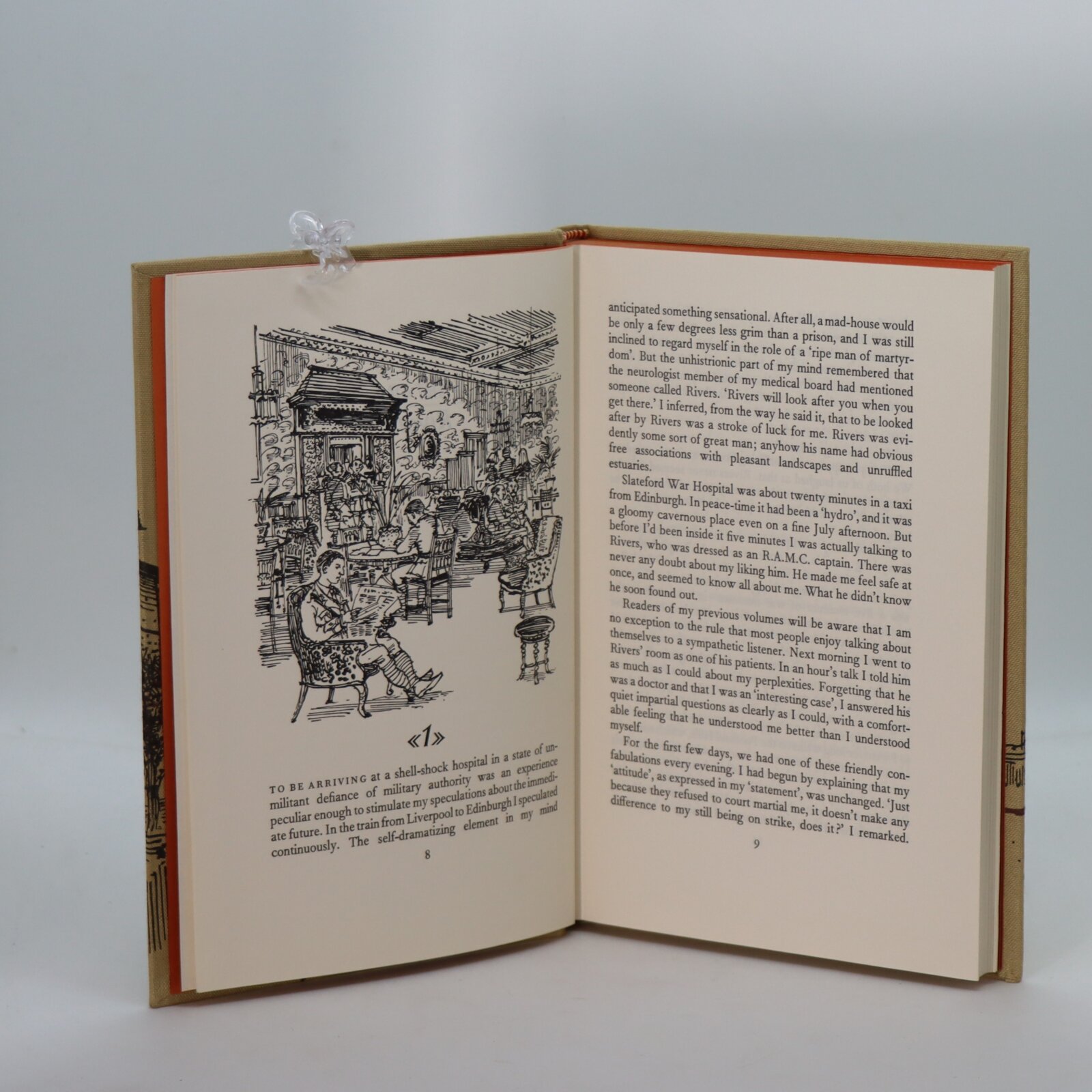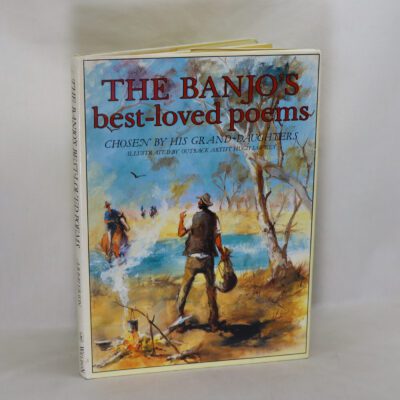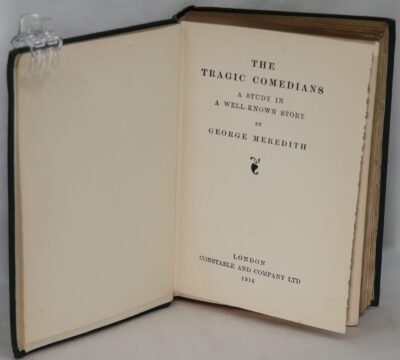Sherston's Progress.
By Seigfried Sassoon
Printed: 1974
Publisher: Folio Society. London
| Dimensions | 15 × 22 × 2 cm |
|---|---|
| Language |
Language: English
Size (cminches): 15 x 22 x 2
Condition: Fine (See explanation of ratings)
Item information
Description
In a fitted box. Sand coloured cloth binding with black engraving of a large mansion hospital with army men. Brown title plate with gilt lettering on the spine.
The Sherston trilogy is a series of books by the English poet and novelist, Siegfried Sassoon, consisting of Memoirs of a Fox-Hunting Man, Memoirs of an Infantry Officer, and Sherston’s Progress. They are named after the protagonist, George Sherston – a young Englishman of the upper middle-class, living immediately before and during the First World War.
The books are, in fact, ‘fictionalised autobiography’, wherein the only truly fictional things are the names of the characters. Sassoon himself is represented by Sherston. A comparison of the Sherston memoirs to Sassoon’s later, undiluted autobiographical trilogy (The Old Century, The Weald of Youth, and Siegfried’s Journey) shows their strict similarity, and it is generally accepted that all six books constitute a composite portrait of the author, and of his life as a young man. (Sassoon remarked, however, that his alter-ego personified only one-fifth of his actual personality. Unlike his author, Sherston has no poetic inclinations; nor does he deal with homosexuality – an act which was illegal at the time Sassoon was writing.)
The Sherston trilogy won high acclaim, and Memoirs of a Fox-Hunting Man took the Hawthornden Prize for Literature for 1928. The three books were printed together in one volume, The Memoirs of George Sherston, in 1937.
Siegfried Loraine Sassoon CBE MC (8 September 1886 – 1 September 1967) was an English war poet, writer, and soldier. Decorated for bravery on the Western Front, he became one of the leading poets of the First World War. His poetry both described the horrors of the trenches and satirised the patriotic pretensions of those who, in Sassoon’s view, were responsible for a jingoism-fuelled war. Sassoon became a focal point for dissent within the armed forces when he made a lone protest against the continuation of the war in his “Soldier’s Declaration” of 1917, culminating in his admission to a military psychiatric hospital; this resulted in his forming a friendship with Wilfred Owen, who was greatly influenced by him. Sassoon later won acclaim for his prose work, notably his three-volume fictionalised autobiography, collectively known as the “Sherston trilogy”.
Want to know more about this item?
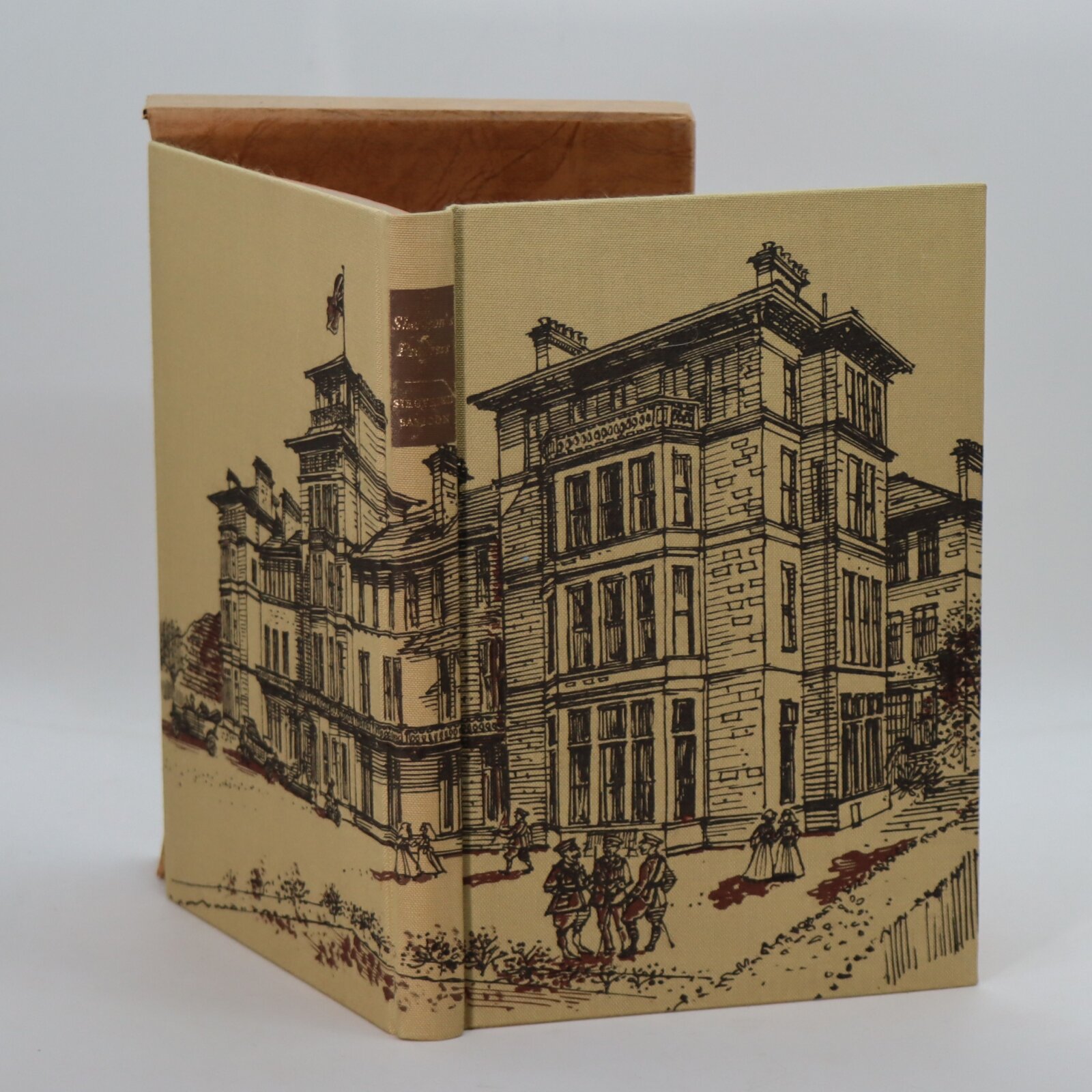
Related products
Share this Page with a friend

